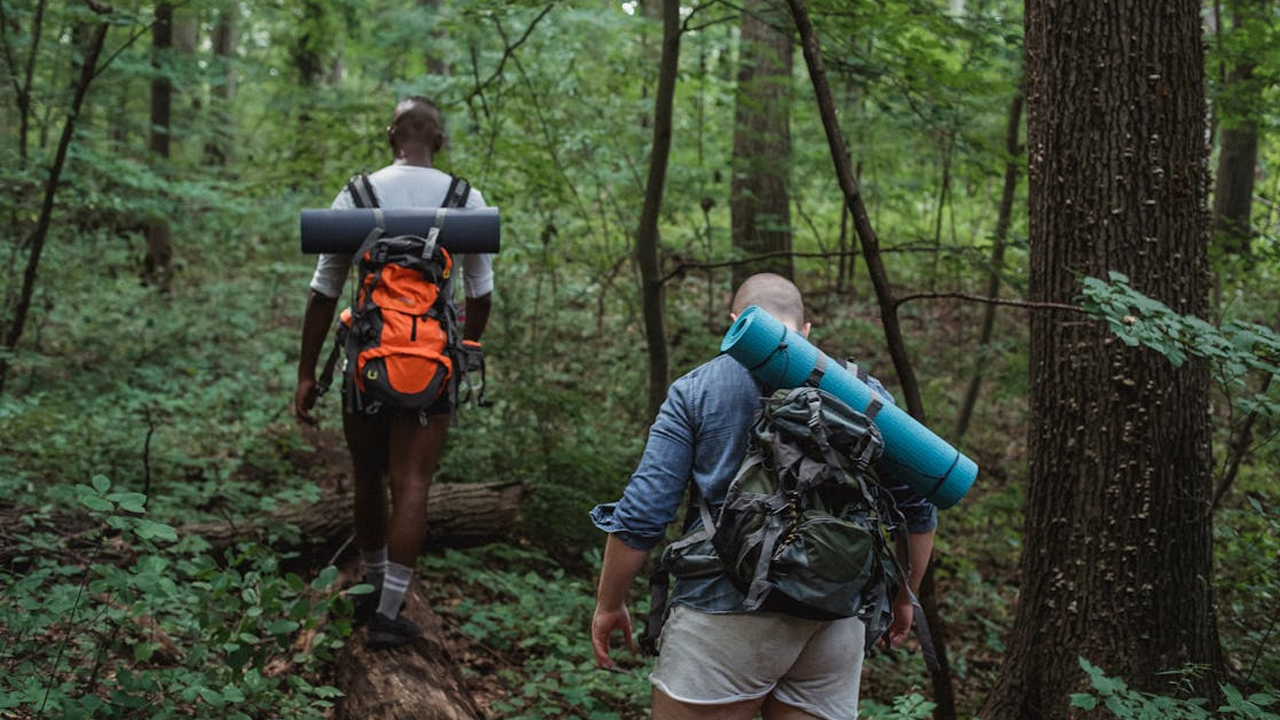When you head out on a trail, you probably focus on the obvious challenges like rough terrain or weather. But there are many hidden dangers that can catch you off guard and turn your hike into a difficult experience.
Knowing what to watch for helps you stay safe and enjoy your time outdoors without surprises. Being aware of these less obvious risks can make a big difference in how prepared you feel on the trail.
Dehydration risks on hot days

When you hike in hot weather, your body loses water quickly through sweat. This makes it easy to get dehydrated without realizing it.
If you don’t drink enough fluids, you can become tired, confused, and more prone to heat-related illnesses. Always carry water and sip regularly.
Dehydration also increases the risk of heat stroke and kidney problems. Pay attention to how you feel and take breaks in the shade when needed.
Hypothermia even in mild weather

You might think hypothermia only happens in freezing temperatures, but it can occur in mild weather too. If you get wet or face strong winds, your body can lose heat faster than it produces it.
Even temperatures in the 50s°F (around 10-15°C) can lead to hypothermia overnight if you are not careful. Watch for signs like shivering, clumsiness, or feeling unusually sleepy. Stay dry and layered to keep safe.
Norovirus outbreaks from contaminated water

When hiking, you should be careful about drinking untreated water. Norovirus can hide in water sources, causing stomach upset, nausea, and vomiting.
Even clear streams can carry the virus, especially near campsites or shelters where contamination is common. Using a reliable water filter or boiling water can protect you.
Be aware that areas with shellfish or poor sanitation nearby increase the risk. Staying cautious about your water helps keep your trip healthy and trouble-free.
Ticks carrying Lyme disease

When you’re out on the trail, ticks can easily latch onto your skin. Some ticks carry Lyme disease, a bacterial infection that can cause fever, headache, and tiredness.
You should avoid tall grass, thick brush, and known animal paths where ticks often hide. Checking your body carefully after your hike helps catch ticks early and reduce risk.
Slippery riverbank edges

When you reach a riverbank, be careful where you step. Wet and muddy edges can be very slippery, causing you to lose your balance easily.
Even shallow water can be powerful enough to knock you off your feet. Fast currents might grab your legs and pull you downstream without warning.
Rocks and hidden debris near the edge also increase the risk of slipping or injury. Take your time and watch your footing closely around riverbanks.
Unstable loose rocks causing falls

When hiking, you might not notice loose rocks that can shift under your weight. These rocks can cause you to slip or lose your balance, leading to falls.
Before stepping on rocks or boulders, take a moment to test their stability. Avoid rocks that feel wobbly or sit on unstable ground.
Pay close attention to loose flakes or cracks, especially if you’re scrambling. These can break unexpectedly and cause you to fall.
Wild animals like bears and snakes

When you’re hiking, you might spot bears or snakes, but they usually want to avoid you. If you see a bear, do not run. Instead, stand tall, wave your arms slowly, and speak calmly to show you’re not a threat.
Snakes often hide and will only bite if threatened. Stay on the trail and watch where you step. Keeping your pets on a leash helps keep both them and wildlife safe.
Getting lost due to poor trail markings

If trail markers are faded or missing, it’s easy for you to lose your way. Always pay close attention to signs and landmarks as you hike.
When you notice trail markers are scarce, stop and reassess your direction calmly. Look ahead carefully to spot the nearest marker or natural guide.
Following a nearby stream or river can sometimes help you find your way back toward civilization. Staying aware and patient will keep you safer on poorly marked trails.
Hidden drug activity in remote areas

You might not expect drug activity when you’re out in nature, but it can happen in remote places. These areas sometimes serve as spots where people use or hide substances, away from busy towns.
This can make trails less safe than you think. You might notice signs like discarded packaging or unusual behavior nearby. Staying alert helps you protect yourself and others on your hike.
Violent crime on less-traveled paths

You might assume quiet trails are safer, but less-traveled paths can have hidden risks. These areas may attract criminal activity because they offer privacy and fewer witnesses.
Be aware that violent crime can be displaced from busier spots to remote areas. Staying alert and avoiding isolated sections can help you stay safe during your hike.
Sudden weather changes and storms

You might not notice how quickly weather can shift on the trail. A clear sky can turn into a dangerous storm in minutes.
Strong winds over 40-50 km/h can knock you off balance, especially in exposed areas. It’s best to avoid tall, open spots when you hear wind warnings.
Sudden hail or heavy rain may cause injuries or damage your gear. Always keep an eye on the sky and have rain protection ready.
Fatigue leading to poor judgment

When you’re tired on the trail, your decision-making can suffer without you realizing it. Fatigue slows your reaction time and makes it harder to think clearly.
You might take risks you normally wouldn’t, like rushing over tricky terrain or ignoring weather changes. Listen to your body and take breaks to avoid making poor choices.
Allergic reactions to plants like poison ivy

When you hike, be careful of plants like poison ivy, oak, and sumac. They contain an oil called urushiol that can cause itching, redness, and rashes if it touches your skin.
If you come into contact with these plants, try to wash the area quickly. The faster you remove the oil, the less likely you are to develop a rash.
Remember, burning these plants can release urushiol into the air, which is dangerous to breathe. Avoid inhaling any smoke from burning toxic plants.
Inadequate footwear causing blisters

If your shoes don’t fit well, you’re likely to get blisters. Wearing the wrong size or skipping socks can cause friction that leads to painful spots.
Old or poorly maintained footwear can also increase the risk. Cleaning and waterproofing your shoes can help reduce blisters on long hikes.
Choosing the right shoes matters. Look for footwear that fits properly and is designed for the terrain you’ll be walking on to keep your feet comfortable.
Overlooking proper hydration supplies

You might underestimate how much water you need on the trail. Without enough hydration, you risk fatigue, dizziness, and decreased focus.
Always carry more water than you think you’ll need. In hot or dry conditions, drink regularly to stay energized.
Remember to bring a reliable water source or purifier if natural water is available. Staying hydrated keeps your body working well and your hike enjoyable.

Leave a Reply